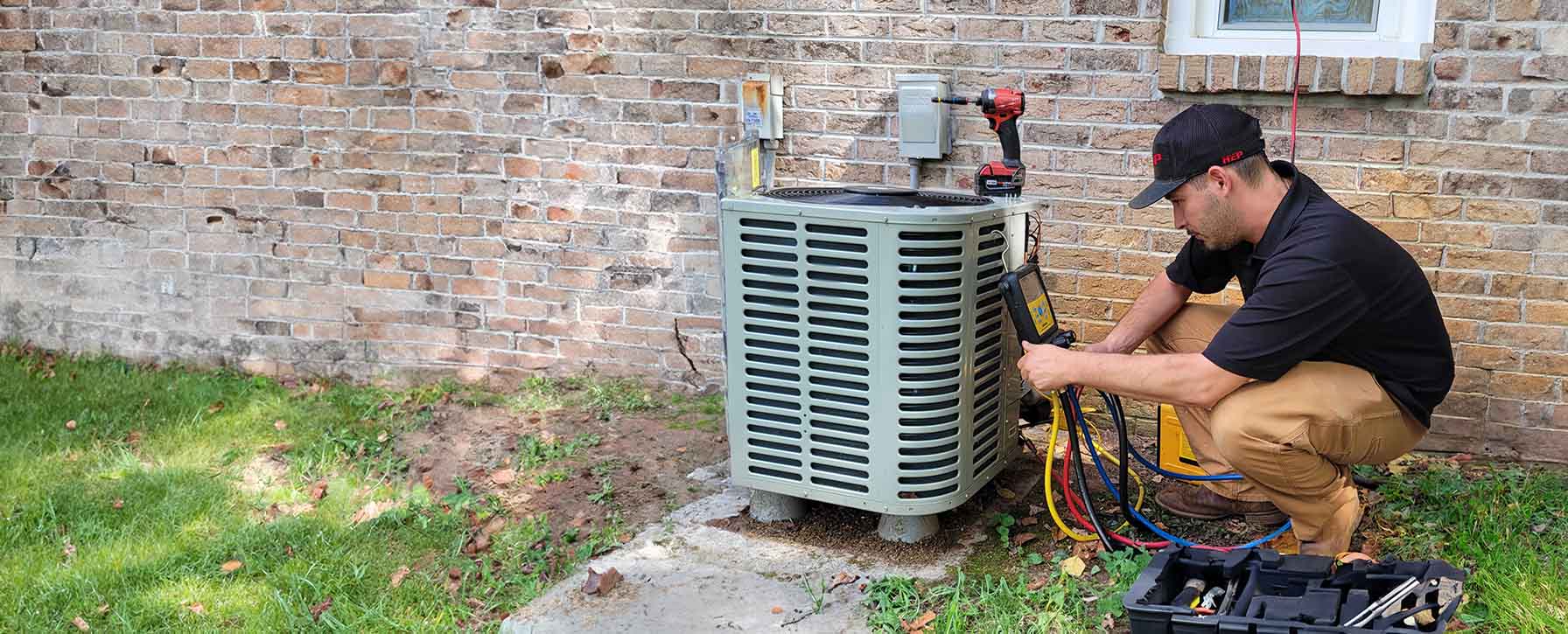

Air Quality Solutions
Your trusted partner for professional home services. Quality workmanship, guaranteed satisfaction.




- HEP
- Air Quality Solutions
Air Quality Solutions | Ventilation and Air Quality | Heating and Air Conditioning | McMinnville
Breathe easy in McMinnville with HEP’s custom air quality solutions—designed to banish allergens, lingering odors, and excess humidity while keeping your energy bills in check. Our certified technicians pair high-efficiency HVAC units with precision-engineered air purifiers, dehumidifiers, and ERV/HRV systems to create a seamless blend of comfort and clean air. From the moment we step into your home, we measure, test, and fine-tune every component to ensure balanced airflow that safeguards your family’s health and protects the integrity of your home’s structure.
Whether you’re retrofitting a historic Craftsman on West Main or optimizing a newly built vineyard retreat, HEP delivers proactive maintenance plans and 24/7 emergency response to keep your system performing at its peak. Discover how our commitment to superior ventilation and air quality transforms ordinary indoor spaces into refreshing sanctuaries—so you can focus on what matters most, all year long.
FAQs
Why is indoor air quality such a concern for homes and businesses in McMinnville?
McMinnville’s combination of damp winters, warm summers, and agricultural activity means airborne contaminants are common year-round. Moisture encourages mold and mildew, spring pollen counts can be high, and harvest dust often lingers in the fall. Because we keep windows closed for much of the heating and cooling season, these pollutants accumulate indoors. Poor indoor air quality (IAQ) has been linked to allergies, asthma flare-ups, headaches, and lowered productivity. A dedicated IAQ plan—filtration, purification, and balanced ventilation—removes these contaminants so occupants breathe cleaner, healthier air.
What types of air filtration and purification products do you install?
We offer a full line of solutions that integrate with your existing forced-air furnace or heat pump system: • High-Efficiency Pleated Filters (MERV 11–16) – Capture up to 95 % of dust, pollen, and pet dander. • Whole-Home Media Air Cleaners – Provide hospital-grade filtration without restricting airflow. • Electronic Air Cleaners – Use electrostatic plates to trap microscopic particles down to 0.1 micron. • UV-C Germicidal Lights – Neutralize bacteria, viruses, and mold spores on HVAC coils and in airstreams. • Photocatalytic Oxidation (PCO) Purifiers – Break down odors and volatile organic compounds (VOCs). • HEPA Bypass Systems – Deliver true HEPA performance for sensitive environments. After an on-site assessment, we recommend the right mix based on your building size, lifestyle, and air quality goals.
How often should I replace or clean my HVAC filter in the Yamhill Valley area?
For standard 1-inch fiberglass filters, we suggest replacement every 30 days because farm dust and seasonal pollen load them quickly. Pleated 2–5-inch media filters generally last 3–6 months. If you have pets, smoke indoors, or suffer from allergies, check filters monthly and change as soon as they look gray or clogged. Smart thermostats and our maintenance plans can send reminders or include filter changes so you never forget. A clean filter keeps airflow optimal, reduces energy bills, and protects expensive HVAC components.
Will upgrading my home’s ventilation help control humidity and mold?
Yes. Modern homes in McMinnville are tightly built for energy efficiency but that also traps moisture from showers, cooking, and breathing. A balanced ventilation system—such as an Energy Recovery Ventilator (ERV) or Heat Recovery Ventilator (HRV)—exchanges stale indoor air with fresh outdoor air while transferring heat and, in the case of an ERV, some moisture. This lowers relative humidity, preventing condensation on windows and inhibiting mold growth in walls and attics. Proper ventilation also dilutes indoor pollutants, making the whole house feel fresher without a noticeable impact on utility costs.
Do air quality upgrades also improve the energy efficiency of my HVAC system?
Absolutely. Removing dust and debris from the airstream keeps coils, blower wheels, and ductwork cleaner, allowing your furnace or heat pump to move air with less effort. UV lights prevent bio-film buildup that otherwise insulates coils and reduces heat transfer efficiency. Balanced ventilation units pre-condition incoming air, so your equipment doesn’t work as hard to heat or cool it. Over time, these benefits can cut energy consumption by 5–15 %, extend equipment life, and reduce the frequency of costly repairs.
How can I determine which indoor air quality solution is best for my property?
Start with a professional indoor air quality assessment. Our technicians use particle counters, humidity gauges, and infrared cameras to identify pollutants, moisture issues, and airflow restrictions. We also review occupant health concerns—allergies, asthma, odor sensitivity—and evaluate your existing HVAC system’s capacity. Based on this data, we prepare a step-by-step plan that may include filter upgrades, duct sealing, ventilation improvements, or advanced purification. We explain the pros, cons, and operating costs of each option so you can make an informed decision that matches your budget and comfort goals.